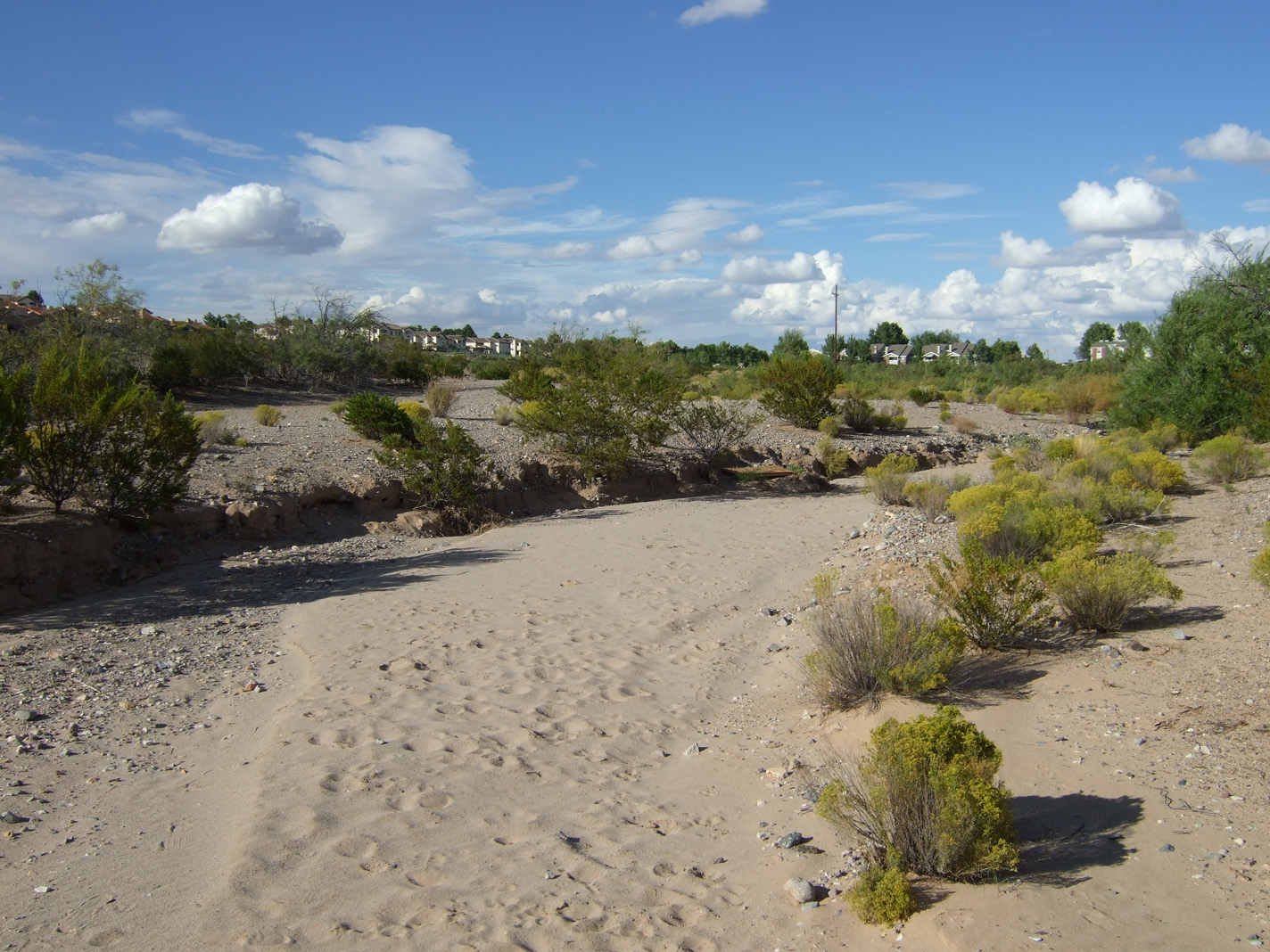|
Park On Wolności Hill, Bydgoszcz
The Freedom Hill Park (Polish language, Polish: ''Park na Wzgórzu Wolności'') is a city green area covering almost , located on the heights of Bydgoszcz, Poland. Location The park covers a rectangular area, by , surrounded by Kujawska, Toruńska and general Stanisława Grzmot-Skotnickiego streets, in the Wolności Hill district ( pl, osiedle Wzgórze Wolności) of Bydgoszcz. The park is laid on two hills, south of the city, to above the Brda (river), Brda river valley. The lower elevation can be accessed by climbing stairs either from Kujawska street in the west or from Toruńska Street in the east. Conversely, many paths and trails lead to the upper hillock. In the western area of the park has been built in 2001 the seat of the local television channel TVP3 Bydgoszcz. History The park was founded in 1911–1913, by incorporating the existing natural forest standing on the southern hilly terrain of Bydgoszcz, Bromberg, geologically designated as ''urstromtal''. The park ... [...More Info...] [...Related Items...] OR: [Wikipedia] [Google] [Baidu] |
Bydgoszcz
Bydgoszcz ( , , ; german: Bromberg) is a city in northern Poland, straddling the meeting of the River Vistula with its left-bank tributary, the Brda. With a city population of 339,053 as of December 2021 and an urban agglomeration with more than 470,000 inhabitants, Bydgoszcz is the eighth-largest city in Poland. It is the seat of Bydgoszcz County and the co-capital, with Toruń, of the Kuyavian-Pomeranian Voivodeship. The city is part of the Bydgoszcz–Toruń metropolitan area, which totals over 850,000 inhabitants. Bydgoszcz is the seat of Casimir the Great University, University of Technology and Life Sciences and a conservatory, as well as the Medical College of Nicolaus Copernicus University in Toruń. It also hosts the Pomeranian Philharmonic concert hall, the Opera Nova opera house, and Bydgoszcz Airport. Being between the Vistula and Oder (Odra in Polish) rivers, and by the Bydgoszcz Canal, the city is connected via the Noteć, Warta, Elbe and German canals with t ... [...More Info...] [...Related Items...] OR: [Wikipedia] [Google] [Baidu] |
World War II
World War II or the Second World War, often abbreviated as WWII or WW2, was a world war that lasted from 1939 to 1945. It involved the vast majority of the world's countries—including all of the great powers—forming two opposing military alliances: the Allies and the Axis powers. World War II was a total war that directly involved more than 100 million personnel from more than 30 countries. The major participants in the war threw their entire economic, industrial, and scientific capabilities behind the war effort, blurring the distinction between civilian and military resources. Aircraft played a major role in the conflict, enabling the strategic bombing of population centres and deploying the only two nuclear weapons ever used in war. World War II was by far the deadliest conflict in human history; it resulted in 70 to 85 million fatalities, mostly among civilians. Tens of millions died due to genocides (including the Holocaust), starvation, ma ... [...More Info...] [...Related Items...] OR: [Wikipedia] [Google] [Baidu] |
Natural Monument
A natural monument is a natural or natural/cultural feature of outstanding or unique value because of its inherent rarity, representative of aesthetic qualities or cultural significance. Under World Commission on Protected Areas guidelines, natural monuments are level III, described as: :"Areas are set aside to protect a specific natural monument, which can be a landform, sea mount, submarine cavern, geological feature such as a cave or even a living feature such as an ancient grove. They are generally quite small protected areas and often have high visitor value." This is a lower level of protection than level II (national parks) and level I (wilderness areas). The European Environment Agency's guidelines for selection of a natural monument are: * The area should contain one or more features of outstanding significance. Appropriate natural features include waterfalls, caves, craters, fossil beds, sand dunes and marine features, along with unique or representative fauna and flo ... [...More Info...] [...Related Items...] OR: [Wikipedia] [Google] [Baidu] |
Wyżyny (Bydgoszcz District)
Wyżyny is a district in Bydgoszcz, Poland. History Construction was started in the Wyżyny district on 3 May 1971. The development was intended to house around 60,000 inhabitants and was completed in 1982. Its main architect was Andrzej Modrzejewski. Public buildings * Church of the Holy Polish Brothers Martyrs * Church Matki Bożej Fatimskiej * Church Sacred Joseph * "Perła" pool * Chemik Bydgoszcz Stadium Schools * Elementary school number 25 * Junior High number 16 * I.J.Paderewski Junior High number 17 * Synów Pułków Junior High number 38 * High school number 9 Main streets * Pope John Paul II Pope John Paul II ( la, Ioannes Paulus II; it, Giovanni Paolo II; pl, Jan Paweł II; born Karol Józef Wojtyła ; 18 May 19202 April 2005) was the head of the Catholic Church and sovereign of the Vatican City State from 1978 until his ... * Glinki * Szpitalna * Bełzy * Perłowa * Polish Army References Neighbourhoods in Bydgoszcz {{KuyavianPomerania ... [...More Info...] [...Related Items...] OR: [Wikipedia] [Google] [Baidu] |
Henryk Dąbrowski Park And Aleja Górska In Bydgoszcz , a Polish constitutional law establishing elective monarchy
*
{{disambiguation, geo ...
Henryk may refer to: * Henryk (given name) * Henryk, Świętokrzyskie Voivodeship, a village in south-central Poland * Henryk Glacier, an Antarctic glacier See also * Henryk Batuta hoax, an internet hoax * Henrykian articles The Henrician Articles or King Henry's Articles (Polish: ''Artykuły henrykowskie'', Latin: ''Articuli Henriciani'') were a permanent contract between the "Polish nation" (the szlachta, or nobility, of the Polish–Lithuanian Commonwealth) and a ... [...More Info...] [...Related Items...] OR: [Wikipedia] [Google] [Baidu] |
Deaconess
The ministry of a deaconess is, in modern times, a usually non-ordained ministry for women in some Protestant, Oriental Orthodox, and Eastern Orthodox churches to provide pastoral care, especially for other women, and which may carry a limited liturgical role as well. The word comes from the Greek (), for "deacon", which means a servant or helper and occurs frequently in the Christian New Testament of the Bible. Deaconesses trace their roots from the time of Jesus Christ through to the 13th century in the West. They existed from the early through the middle Byzantine periods in Constantinople and Jerusalem; the office may also have existed in Western European churches. There is evidence to support the idea that the diaconate including women in the Byzantine Church of the early and middle Byzantine periods was recognized as one of the major non-ordained orders of clergy. The English separatists unsuccessfully sought to revive the office of deaconesses in the 1610s in their Ams ... [...More Info...] [...Related Items...] OR: [Wikipedia] [Google] [Baidu] |
Seminary
A seminary, school of theology, theological seminary, or divinity school is an educational institution for educating students (sometimes called ''seminarians'') in scripture, theology, generally to prepare them for ordination to serve as clergy, in academics, or mostly in Christian ministry. The English word is taken from the Latin ''seminarium'', translated as ''seed-bed'', an image taken from the Council of Trent document ''Cum adolescentium aetas'' which called for the first modern seminaries. In the United States, the term is currently used for graduate-level theological institutions, but historically it was used for high schools. History The establishment of seminaries in modern times resulted from Roman Catholic reforms of the Counter-Reformation after the Council of Trent. These Tridentine seminaries placed great emphasis on spiritual formation and personal discipline as well as the study, first of philosophy as a base, and, then, as the final crown, theology. The oldest C ... [...More Info...] [...Related Items...] OR: [Wikipedia] [Google] [Baidu] |
Bromberg (region)
Bromberg was the northern of two Prussian government regions, or ''Regierungsbezirke'' ( pl, Rejencja), of the Grand Duchy of Posen (1815–1848) and its successor, the Province of Posen (1848–1919). The administrative center was the city of Bromberg (Bydgoszcz), which is now part of Poland. The region was bordered on the south by the Regierungsbezirk Posen, to the west by the Province of Brandenburg, to the north by West Prussia, and to the east by Congress Poland (part of the Russian Empire). The Bromberg region had a larger percentage of mostly Protestant Germans than average for the Province of Posen. Other German speakers were by religion Jewish or Roman Catholic. However, around half the population were Roman Catholic Poles. Initially, there was a sizable Jewish minority, but that number diminished over time due to the ''Ostflucht The ''Ostflucht'' (; "flight from the East") was the migration of Germans, in the later 19th century and early 20th century, from ... [...More Info...] [...Related Items...] OR: [Wikipedia] [Google] [Baidu] |
Crown Prince
A crown prince or hereditary prince is the heir apparent to the throne in a royal or imperial monarchy. The female form of the title is crown princess, which may refer either to an heiress apparent or, especially in earlier times, to the wife of the person styled crown prince. ''Crown prince'' as a descriptive term has been used throughout history for the prince who is first-in-line to a throne and is expected to succeed (i.e. the heir apparent), barring any unforeseen future event preventing this. In certain monarchies, a more specific substantive title A substantive title is a title of nobility or royalty acquired either by individual grant or inheritance. It is to be distinguished from a title shared among cadets, borne as a courtesy title by a peer's relatives, or acquired through marriage. ... may be accorded and become associated with the position of '' heir apparent'' (e.g. Prince of Wales in the United Kingdom or Prince of Asturias in the Spain, Kingdom of Spain) ... [...More Info...] [...Related Items...] OR: [Wikipedia] [Google] [Baidu] |
Frederick William IV Of Prussia
Frederick William IV (german: Friedrich Wilhelm IV.; 15 October 17952 January 1861), the eldest son and successor of Frederick William III of Prussia, reigned as King of Prussia from 7 June 1840 to his death on 2 January 1861. Also referred to as the "romanticist on the throne", he is best remembered for the many buildings he had constructed in Berlin and Potsdam as well as for the completion of the Gothic Cologne Cathedral. In politics, he was a conservative, who initially pursued a moderate policy of easing press censorship and reconciling with the Catholic population of the kingdom. During the German revolutions of 1848–1849, he at first accommodated the revolutionaries but rejected the title of Emperor of the Germans offered by the Frankfurt Parliament in 1849, believing that Parliament did not have the right to make such an offer. He used military force to crush the revolutionaries throughout the German Confederation. From 1849 onward he converted Prussia into a constit ... [...More Info...] [...Related Items...] OR: [Wikipedia] [Google] [Baidu] |
Arroyo (creek)
An arroyo (; from Spanish arroyo , "brook"), also called a wash, is a dry stream, creek, stream bed or gulch that temporarily or seasonally fills and flows after sufficient rain. Flash floods are common in arroyos following thunderstorms. ''Wadi'' (Arabic) is used in North Africa and Western Asia for similar landforms. The desert dry wash biome is restricted to the arroyos of the southwestern United States. Arroyos provide a water source to desert animals. Types and processes Arroyos can be natural fluvial landforms or constructed flood control channels. The term usually applies to a Grade (slope), sloped or mountainous terrain in xeric and desert climates. In addition: in many rural communities arroyos are also the principal transportation routes; and in many urban communities arroyos are also parks and recreational locations, often with linear multi-use bicycle, pedestrian, and equestrian trails. Flash flooding can cause the deep arroyos or deposition of sediment on flo ... [...More Info...] [...Related Items...] OR: [Wikipedia] [Google] [Baidu] |


.jpg)




.jpg)
